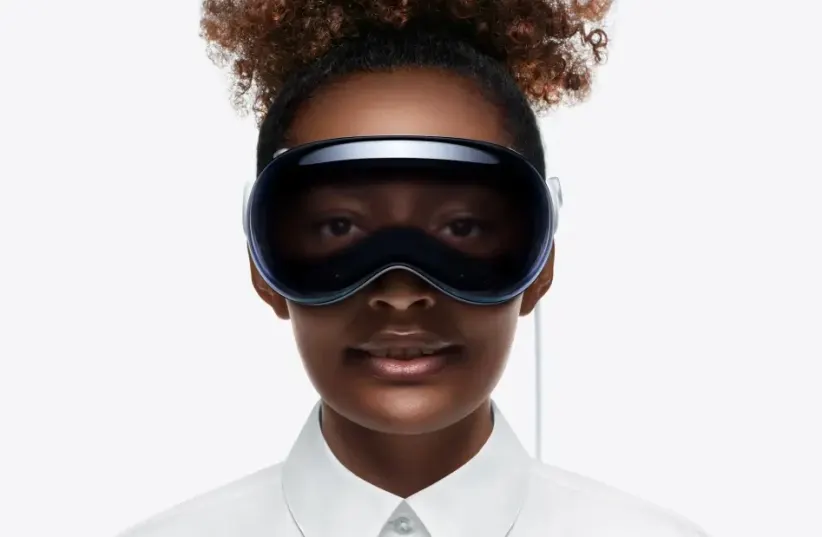Millions of Apple enthusiasts around the world are eagerly awaiting this moment: long lines are expected to form on the upcoming Friday in Apple stores in the U.S. with the launch of Apple's augmented reality glasses. Despite the high price and several unresolved issues, early orders have almost sold out.
The Vision Pro glasses, which combine augmented reality, where the user is immersed in their surroundings, and virtual reality, required years of research and the development of specialized components. But the result seemed nothing short of amazing in the recent release. The augmented reality glasses are like a wearable computer that combines the digital world with the real world. The glasses detect motion gestures, eye tracking, speech recognition, and infinite interactions in the digital world, which is embedded within the augmented world.
At the forefront of the glasses are a 3D glass display, an aluminum frame, and an adjustable head strap. The frame includes five sensors, six microphones, and 12 cameras. The user looks at micro-OLED displays sized at 1.41 inches (3.6 cm). These displays can turn any space into a personal cinema hall with a huge screen simulating a width of 30 meters in 4K quality, alongside an advanced spatial audio system. Apple has also integrated its own movies and TV series app, and it is likely to integrate additional apps such as Netflix, Disney Plus, and other streaming services.
The glasses allow the use of apps that go beyond the boundaries of the display, so the user can adjust them to any size in the room, move them, or make them react to lighting. The virtual space also expands: video chat conversations take advantage of the space around the user, creating the feeling that the person they are talking to is nearby. The glasses also include thousands of apps, both those familiar from the iPhone and unique ones developed for the augmented reality glasses.
But the glasses have several drawbacks. The main one is the high price: the cheaper model, with 256 gigabytes of storage, costs $3,499, while the more expensive model, with 1 terabyte of storage, will reach $4,000. That's not the end of the expensive deal: the Apple Care service will cost you an additional $500. Various add-ons such as a case or protective cover will cost you several tens of dollars more.
The second problem that Apple has not managed to solve is the weight: testers have already reported that the glasses are too heavy. Their weight ranges from 600 to 650 grams, which has led to complaints of neck pain, making it impossible to wear them for more than a few consecutive minutes. In addition to this weight, there is also the battery that connects to the glasses via a USBC cable, weighing 353 grams. All this weight adds up to more than 900 grams that the user needs to carry on their body.
Apple's virtual reality glasses will compete against Meta's Quest 3 glasses, which were launched a year ago. Samsung is also expected to launch its own virtual reality glasses, developed in collaboration with Google and Qualcomm.
